8 Best Essential Oils For Stretch Marks & How To Use Them
Bid goodbye to those marks with simple yet effective essential oils handpicked for you.

Image: Shutterstock
Most stretch marks fade away on their own and do not require much attention unless they are very severe. Therefore, the use of essential oils for stretch marks has been doubted by many, given the lack of scientific evidence. However, even the well-established treatments cannot completely erase these marks and only dim their appearance. On the other hand, anecdotal evidence suggests that replenishing and moisturizing properties of essential oils can effectively reduce these marks. In this article, we will find out whether these oils can be relied on in this regard, and if yes, which oils are the best to choose. Read on!
In This Article
Can Essential Oils Reduce Stretch Marks?
The answer is, maybe.
There is not enough scientific evidence supporting the efficacy of essential oils as a treatment option for stretch marks. There is only anecdotal evidence claiming the positive effects of different essential oils in reducing stretch marks. Different essential oils have different skin-improving effects. When mixed with other ingredients, especially carrier oils, they may have a positive effect on your stretch marks.
A study conducted on pregnant women found that the topical application of emollients and moisturizers can improve the appearance of stretch marks (1). Moreover, the topical use of plant oils (fixed oils) keeps your skin healthy and moisturized (2). These might be the reasons for the positive effect of essential oils on stretch marks.
However, the results also depend on your skin type, so not everyone may experience the same effects. If you want to try essential oils for stretch marks, check out the list given below.
Key Takeaways
- Bitter almond oil, tea tree oil, bitter orange oil, lavender oil, neroli oil, patchouli oil, and frankincense oil are some of the best essential oils.
- Essential oils can irritate your skin as they are highly concentrated. So use them with carrier oils like argan oil, olive oil, and apricot kernel oil.
- Hives, rashes, itching, redness, and nausea are essential oil side effects.
Best Essential Oils For Stretch Marks
- Bitter Almond Oil
- Tea Tree Oil
- Bitter Orange Oil
- Lavender Oil
- Neroli Oil
- Patchouli Oil
- Frankincense Oil
Note: These essential oils have different skin benefits and may not have any direct effect on the stretch marks. It is best to dilute them with carrier oils like olive oil for stretch marks. A patch test is also recommended.
1. Bitter Almond Oil
There is no study supporting the efficacy of bitter almond oil for the reduction of stretch marks. One study found that it has no direct effect in reducing the appearance of early stretch marks in pregnant women. However, massaging the affected area with any oil for 15 minutes daily may help reduce stretch marks (3).
 Did You Know?
Did You Know?2. Tea Tree Oil
No scientific research has been done on the effect of tea tree oil on stretch marks. But, this essential oil has multiple skin benefits. It has antimicrobial and anti-inflammatory properties that keep your skin healthy and prevent multiple skin issues. However, it can also irritate your skin and cause allergic reactions, so be careful while using tea tree oil (5). Do a patch test to find out if your skin can tolerate it.
3. Bitter Orange Oil
Bitter orange is commonly used in traditional Chinese medicine. It is effective in treating multiple health-related issues. When applied on the skin, bitter orange oil may help improve skin issues such as jock itch, ringworm, and athlete’s foot (6). Anecdotal evidence suggests that it could also help treat stretch marks.
4. Lavender Oil
Lavender oil is widely used for aromatherapy to relieve stress, anxiety, and pain. A study done on rats found that lavender oil promotes collagen synthesis to heal wounds (7). Thus, it may also trigger collagen synthesis in humans, which could help reduce stretch marks. However, more research is required for human subjects to prove the same.
5. Neroli Oil
Neroli oil is commonly used for multiple dermatological issues such as dry skin, wrinkles, acne, dermatitis, eczema, psoriasis, and scars. It is used to treat stretch marks and maintain the overall health of the skin (8).
6. Patchouli Oil
When studied on mice, patchouli oil was found to be effective in preventing photoaging. It prevented wrinkle formation and reduction in elasticity and improved collagen formation (9). This collagen-boosting property of patchouli oil may help in the treatment of stretch marks.
7. Frankincense Oil
Frankincense oil is widely used in Ayurvedic and traditional Chinese medicine for maintaining overall skin health. It helps in wound healing and stimulates the fibroblast (the cells that produce collagen) (10). Therefore, it may be of some help in treating stretch, though there is no scientific evidence that proves the same.
8. Gotu Kola Oil
The Ayurvedic herb is rich in triterpenoid compounds that may help in wound healing. It also contains asiaticoside, which is known for boosting collagen production in the skin (the cells that produce collagen) (11). Regular application of the gotu kola oil may help promote tissue regeneration, reducing skin inflammation, and diminishing the appearance of stretch marks.
All these essential oils have specific skin benefits. When you mix them with other oils, they might help in reducing stretch marks.
How To Use Essential Oils For Stretch Marks?
The best way to use essential oils is by mixing them with carrier oils. This is because essential oils are very concentrated and can irritate your skin if not diluted. Some carrier oils that you can use are:
- Argan Oil: Improves skin elasticity and skin hydration and repairs skin barrier (12)
- Rosehip Seed Oil: Protects the skin from inflammation and oxidative stress (12)
- Pomegranate Seed Oil: Has antioxidant properties (12)
- Coconut Oil: An emollient that keeps your skin hydrated (13)
- Grapeseed Oil: Has antibacterial and wound-healing properties(12)
- Jojoba Oil: Prevents skin infections and skin aging and promotes wound healing (12)
- Olive Oil: Promotes wound healing by stimulating dermal reconstruction (12)
- Sweet Almond Oil: Can stop the stretch marks from itching and prevent them from spreading (12)
- Apricot Kernel Oil: An emollient that keeps the skin healthy (14)
- Wheat Germ Oil: Contains vitamins A, D, and E that supports the skin’s natural regeneration process (15).
 Did You Know?
Did You Know?The National Association for Holistic Aromatherapy suggests a standard dilution rate for essential oils (16).
In 1 US fluid ounce carrier oil (2 tablespoons), you may use:
- 15 drops of essential oil for 2.5% dilution
- 20 drops of essential oil for 3% dilution
- 30 drops of essential oil for 5% dilution
- 60 drops of essential oil for 10% dilution
It is best to start with a lower dilution rate. So, start by adding 2-3 drops of essential oil in a tablespoon of carrier oil, then increase the dilution as per your skin tolerance level.
So, this is how to get rid of stretch marks using essential oils. However, you should know that the usage of essential oils during pregnancy is hotly debated and still being studied. One of the main concerns is that the essential oils may penetrate the skin and reach the placenta. Find out more about this below.
Is It Safe To Use Essential Oils During Pregnancy?
The International Federation of Professional Aromatherapists has specific guidelines for using essential oils on pregnant women (both for massage and aromatherapy). The main concerns are the quality of the oil used and the risk of the oil crossing the placental barrier. However, if used in proper dilution, the chances of these oils harming the fetus are low (17).
The recommended dilution of essential oils for pregnant women is not more than 1% for topical application.
Since pregnant women are sensitive to smell, 1% dilution is well tolerated. Since the skin of pregnant women is sensitive, they are recommended to avoid tea tree and chamomile oils (17).
If you are pregnant, do not use any essential oil without consulting your doctor. Discuss your medical history with the doctor and use essential oils only after proper assessment and getting a go-ahead from them.
Applying essential oils on the skin or inhaling them may trigger adverse reactions. So, be careful about these risks.
Side Effects And Risks Of Using Essential Oils
An allergic reaction is the most common side effect of using essential oils (18). The common symptoms of an allergic response include:
- Hives
- Rashes
- Itching
- Redness
- Nausea
Some essential oils may also cause dermatitis (19).
Citrus essential oils also cause sun sensitivity and make your skin prone to sunburn and rashes (18). That’s why you must use essential oils under the supervision of a doctor.
Stretch marks are tough to erase. While some essential oils and carrier oils may help reduce the appearance of stretch marks to a great extent, studies are lacking to prove their efficacy. How well your skin responds to these oils also depends on your skin type and the severity of the stretch marks. If the marks are severe and old, it is difficult to get rid of them. Moreover, it also depends on how early you are starting the treatment. Usually, fresh (red) stretch marks respond to treatment.
Ultimately, it comes down to how you take care of your skin and your overall health. Try to maintain a balanced diet and a healthy lifestyle so that you do not lose or gain weight quickly. Keep your skin and body hydrated.
Infographic: Precautions To Keep In Mind While Using Essential Oils
Anecdotal evidence suggests that using essential oils on your stretch marks may improve skin elasticity, keep the skin hydrated, and reduce their appearance over time. However, applying essential oils directly to your skin may cause skin irritation. In the infographic below, we have listed several precautions you should take when using essential oils. Take a look!
![precautions to keep in mind while using essential oils [infographic]](https://cdn2.stylecraze.com/wp-content/uploads/2022/08/Precautions-To-Keep-In-Mind-While-Using-Essential-Oils-psd-Recovered5.jpg.webp)
While there is no empirical evidence to prove the efficacy of essential oils for stretch marks reduction, you may try using the remedies and see how they work. Always dilute them with carrier oils like coconut oil for stretch marks. The results may vary depending on your skin type and the severity of the marks. However, essential oils may irritate your skin. So, if you have sensitive skin, it is best to do a patch test before using any of the remedies discussed in the article. Also, you may consult a doctor and undergo proper medical treatment and procedures if you do not see any significant difference within a few months.
Frequently Asked Questions
Can essential oils permanently eliminate stretch marks?
Essential oils may help reduce the appearance of stretch marks by promoting skin elasticity and hydration but they are unlikely to remove them permanently. Also, the results can vary from individual to individual and consistent use is key here.
How do you permanently remove stretch marks with oil?
Anecdotal evidence suggests that you can apply tea tree oil, bitter almond oil, or bitter orange oil daily to reduce stretch marks. But it also depends on the type of stretch marks you have. White stretch marks are extremely tough to reduce.
Is lemon essential oil good for stretch marks?
Yes. Lemon essential oil contains vitamin C, which helps lighten the skin and improve skin firmness and elasticity.
Does rosehip oil help stretch marks?
Yes, rosehip oil has moisturizing properties that keep the skin supple and may reduce the appearance of stretch marks.
Is calendula oil good for stretch marks?
Yes, calendula oil may be used to reduce stretch marks as it speeds up skin cell turnover.
How long does rosehip oil take to fade stretch marks?
You can use rosehip oil twice a day, in the morning and before sleeping, until you see a noticeable reduction in the appearance of the stretch marks.
Can you apply lavender oil directly to the skin?
While lavender oil is considered safe when applied directly to the skin, it is recommended to mix it with a carrier oil like jojoba or coconut oil before applying it on the stretch marks. This act of dilution may help in preventing any skin irritation and enhance safe usage.
Discover the power of essential oils for flawless skin and reducing stretch marks in this comprehensive video guide. Press play to learn how carefully selected oils like lavender, rosehip, and frankincense can nourish your skin and promote a radiant complexion.
References
Articles on StyleCraze are backed by verified information from peer-reviewed and academic research papers, reputed organizations, research institutions, and medical associations to ensure accuracy and relevance. Read our editorial policy to learn more.
- Management of stretch marks (with a focus on striae rubrae), Journal of Cutaneous and Aesthetic Surgery, US National Library of Medicine, National Institutes of Health.
https://www.ncbi.nlm.nih.gov/pmc/articles/PMC5782435/ - Anti-Inflammatory and Skin Barrier Repair Effects of Topical Application of Some Plant Oils, International Journal of Molecular Sciences, US National Library of Medicine, National Institutes of Health.
https://www.ncbi.nlm.nih.gov/pmc/articles/PMC5796020/ - The effect of bitter almond oil and massaging on striae gravidarum in primiparous women, Journal of Clinical Nursing, ResearchGate.
https://www.researchgate.net/publication/224976312_The_effect_of_bitter_almond_oil_and_massaging_on_striae_gravidarum_in_primiparous_women - Topical management of striae distensae (stretch marks): prevention and therapy of striae rubrae and albae, Journal of the European Academy of Dermatology and Venereology.
https://www.ncbi.nlm.nih.gov/pmc/articles/PMC5057295/ - Melaleuca alternifolia (Tea Tree) oil: a review of antimicrobial and other medicinal properties, Clinical Microbiology Reviews, US National Library of Medicine, National Institutes of Health.
https://www.ncbi.nlm.nih.gov/pmc/articles/PMC1360273/ - Bitter Orange, US Department of Health and Human Services, National Institutes of Health.
https://www.nccih.nih.gov/health/bitter-orange - Wound healing potential of lavender oil by acceleration of granulation and wound contraction through induction of TGF-β in a rat model, BMC Complementary and Alternative Medicine, US National Library of Medicine, National Institutes of Health.
https://www.ncbi.nlm.nih.gov/pmc/articles/PMC4880962/ - Commercial Essential Oils as Potential Antimicrobials to Treat Skin Diseases, Evidence-based Complementary and Alternative Medicine, US National Library of Medicine, National Institutes of Health.
https://www.ncbi.nlm.nih.gov/pmc/articles/PMC5435909/ - Prevention of UV radiation-induced cutaneous photoaging in mice by topical administration of patchouli oil, Journal of Ethnopharmacology, US National Library of Medicine, National Institutes of Health.
https://pubmed.ncbi.nlm.nih.gov/24747030 - Biological activities of frankincense essential oil in human dermal fibroblasts, Biochimie Open, US National Library of Medicine, National Institutes of Health.
https://www.ncbi.nlm.nih.gov/pmc/articles/PMC5801908/ - Pharmacological Review on Centella asiatica: A Potential Herbal Cure-all
https://www.ncbi.nlm.nih.gov/pmc/articles/PMC3116297/ - Anti-Inflammatory and Skin Barrier Repair Effects of Topical Application of Some Plant Oils, International Journal of Molecular Sciences, US National Library of Medicine, National Institutes of Health.
https://www.ncbi.nlm.nih.gov/pmc/articles/PMC5796020/ - Emollient treatment of atopic dermatitis: latest evidence and clinical considerations, Drugs in Context, US National Library of Medicine, National Institutes of Health.
https://www.ncbi.nlm.nih.gov/pmc/articles/PMC5908267/ - Formulation and evaluation of wild apricot kernel oil based massage cream, Journal of Pharmacognosy and Phytochemistry.
https://www.phytojournal.com/archives/2019/vol8issue1/PartQ/7-6-70-996.pdf - Comparative measurement of hydration effects of herbal moisturizers, Pharmacognosy Research, US National Library of Medicine, National Institutes of Health.
https://www.ncbi.nlm.nih.gov/pmc/articles/PMC3141305/ - Effectiveness of aromatherapy for prevention or treatment of disease, medical or preclinical conditions, and injury: protocol for a systematic review and meta-analysis
https://pmc.ncbi.nlm.nih.gov/articles/PMC9317467/ - Maternal Reproductive Toxicity of Some Essential Oils and Their Constituents
https://pmc.ncbi.nlm.nih.gov/articles/PMC7956842/ - Aromatherapy With Essential Oils, US National Library of Medicine, National Institutes of Health.
https://www.ncbi.nlm.nih.gov/books/NBK65820/ - Adverse effects of aromatherapy: a systematic review of case reports and case series, The International Journal of Risk & Safety in Medicine, US National Library of Medicine, National Institutes of Health.
https://pubmed.ncbi.nlm.nih.gov/22936057
Read full bio of Dr. Preethi Nagaraj
Read full bio of Ramona Sinha
Read full bio of Anjali Sayee
Read full bio of Swathi E






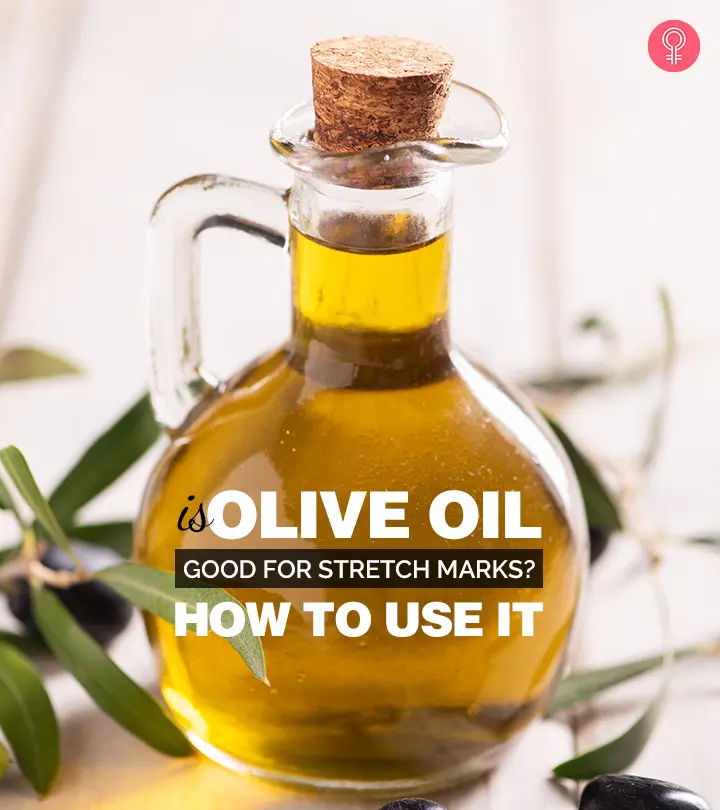

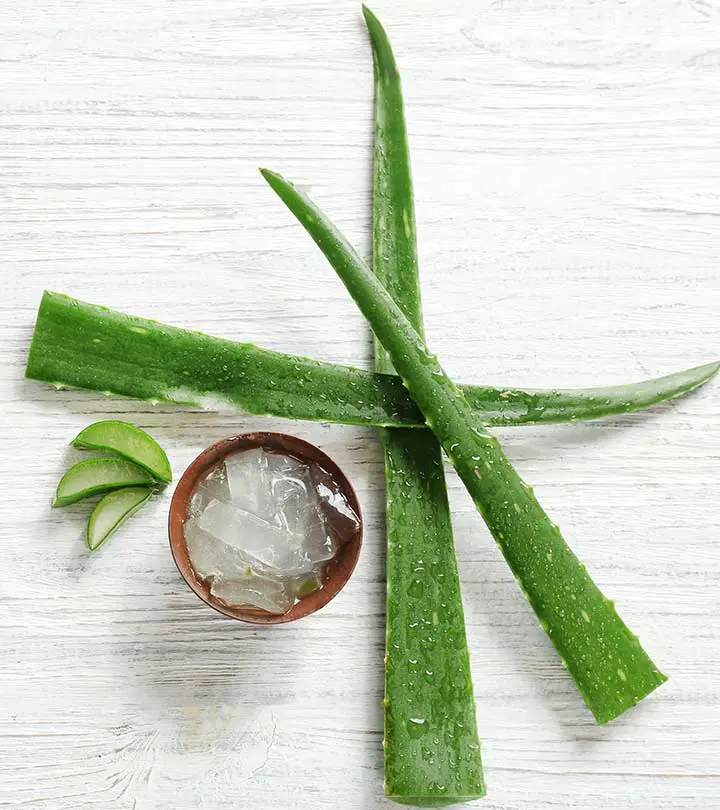

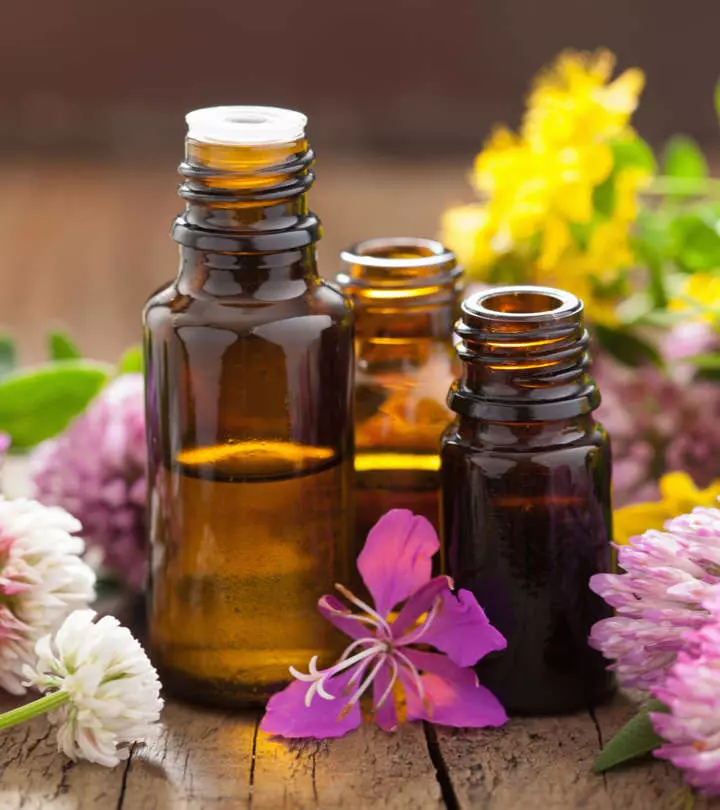



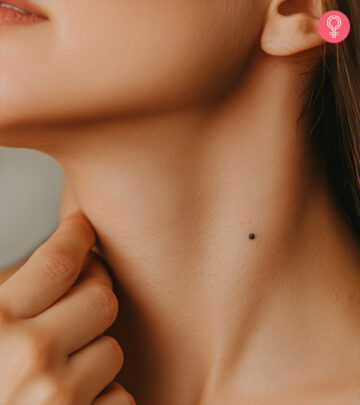

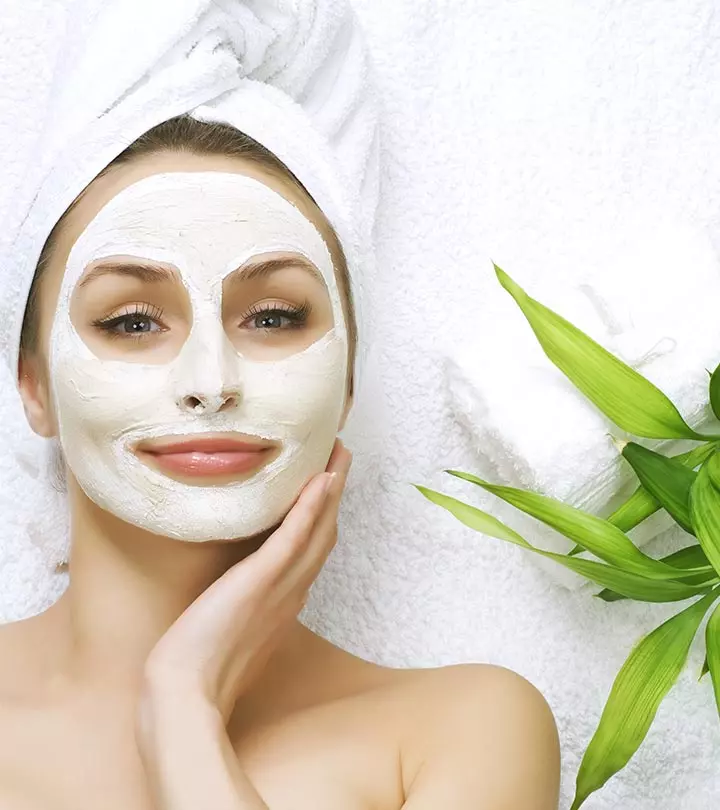

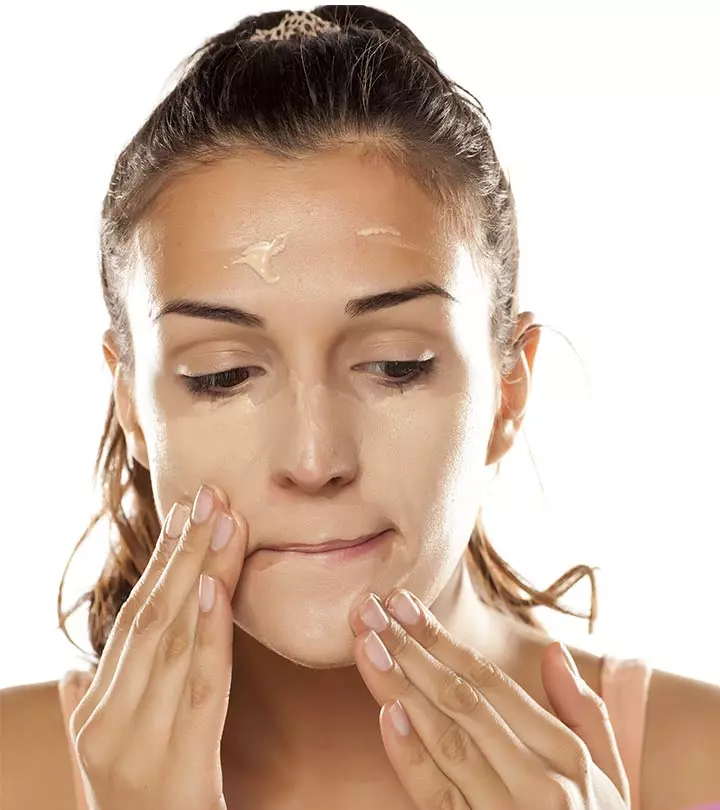


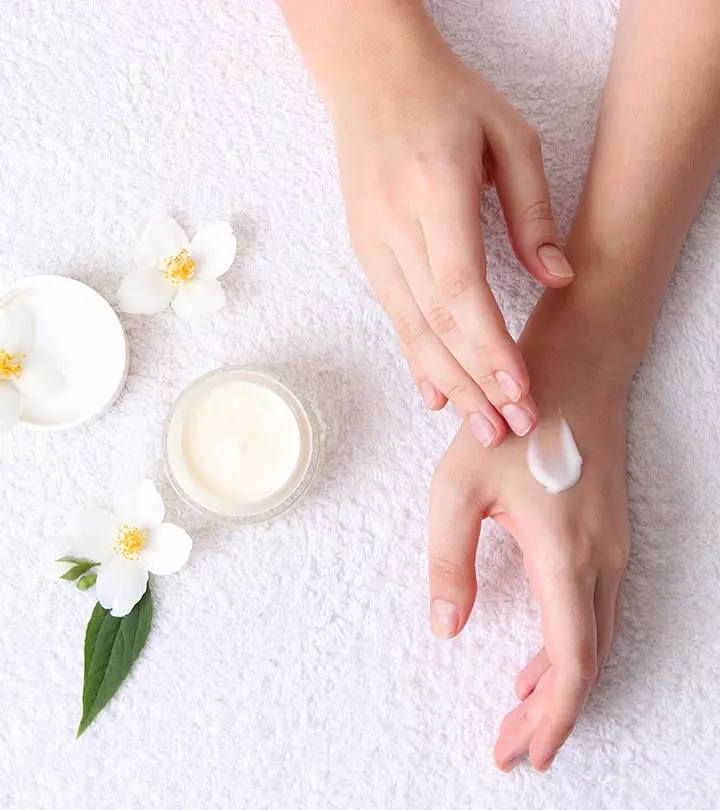
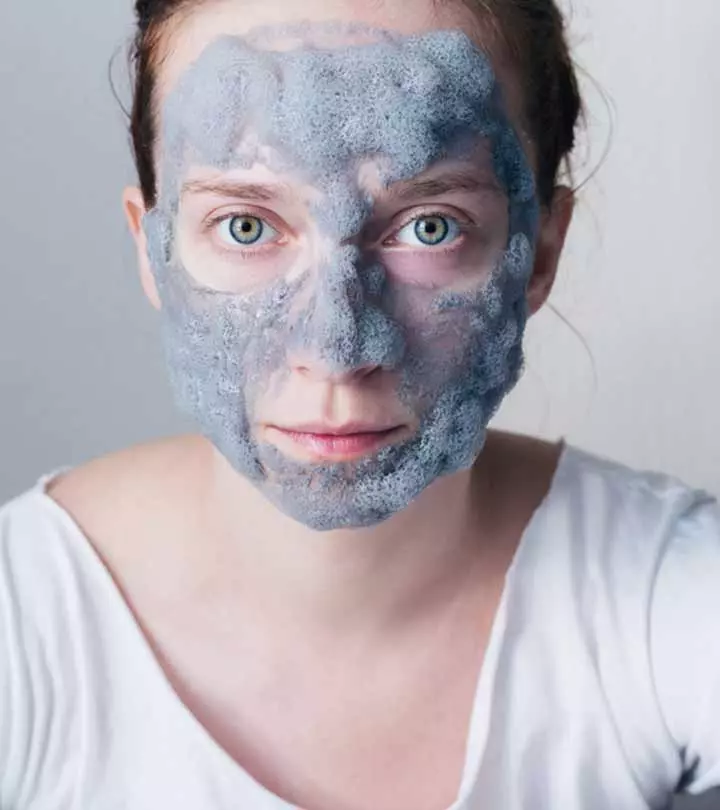

Community Experiences
Join the conversation and become a part of our empowering community! Share your stories, experiences, and insights to connect with other beauty, lifestyle, and health enthusiasts.